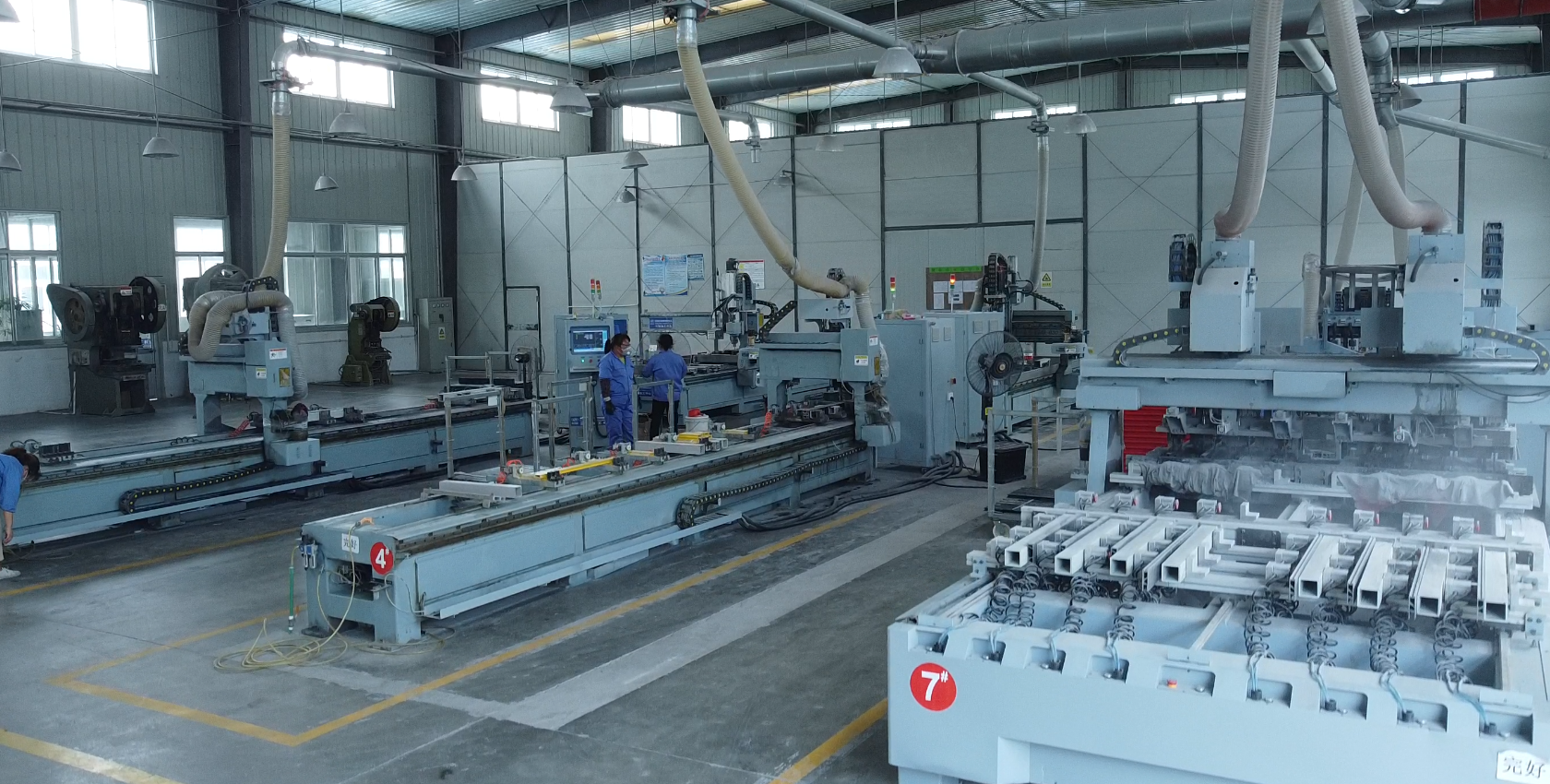The process of pultrusion for fiberglass reinforced plastic (FRP) products can be briefly divided into three steps: impregnation, molding, and curing/cooling. It is an automated process. Improper operation or inappropriate material selection during this process can lead to defects in pultruded FRP products. This article lists some of the causes and solutions for defects in pultruded FRP products, for reference purposes:
1. Surface droplets
Cause: Incomplete curing of the product, low fiber content, high shrinkage, significant gaps between the product surface and the mold wall, migration of uncured resin.
Solution: Increase temperature or decrease pulling speed to ensure thorough curing, which is particularly important for thick-walled products. Increase fiber content or add low-shrink additives or fillers.
2. Surface peeling, fragmentation
Cause: Excessive resin-rich layer on the surface, which causes creeping and crawling at the release point, large difference between gel time and curing time, premature release point compared to curing point.
Solution: Increase fiber content to increase mold pressure, adjust the initiation system, and adjust temperature.
3. Whitening
Cause: Poor release effect, mold wall adhesion, accumulation of debris scratching the product surface, high roughness value of the mold wall surface (due to manufacturing or scratching and rust during use).
Solution: Use a good release agent, clean, repair, or replace qualified molds, stop briefly before restarting to remove stuck debris and achieve cleaning.
4. Obvious parting lines, wear at parting lines
Cause: Insufficient dimensional accuracy of the mold, large positioning deviation of each module during closing, sticking of parting lines resulting in white lines.
Solution: Repair the mold, disassemble and reassemble the mold, stop briefly before restarting.
5. Surface fiber exposure, fiber fuzzing
Cause: This defect generally appears on products reinforced only with fiber yarn, such as rods. Possible causes include excessively high fiber content or resin debris adhered to the mold cavity surface.
Solution: Reduce fiber content, pause the machine and restart after cleaning.
6. Poor aging resistance, easy fading
Cause: No addition of light stabilizers and heat stabilizers, poor light resistance of pigments.
Solution: Add aging inhibitors, use high-quality color paste.
7. Poor insulation performance
Cause: Poor insulation of the resin and fiber, poor interfacial bonding performance.
Solution: Improve the selection of raw materials, use coupling agents to enhance interfacial performance.
8. Insufficient strength, poor mechanical properties
Cause: Low mechanical property indicators of raw materials, insufficient curing.
Solution: Use high-quality raw materials, such as high-strength fibers and resins, control process parameters properly to ensure curing, conduct post-curing treatment.
9. Dense air voids
Cause: Poor quality of raw materials, improper temperature control.
Solution: Use good quality raw materials, control temperature within a reasonable range.
10. Spots, uneven color, discoloration
Cause: Uneven mixing of pigments in the resin, poor temperature resistance of pigments.
Solution: Strengthen mixing to achieve uniform resin dispersion, replace pigments or choose different types.
11. Contamination, foreign particles inclusion
Cause: Inclusion of foreign particles in the resin, contamination of the fiberglass mat surface, introduction of foreign particles during mold filling.
Solution: Carefully inspect to prevent inclusion of foreign particles during molding, replace contaminated raw materials.
12. Rough, dull surface
Cause: High roughness value of the mold surface, poor release agent effect, low resin content on the product surface, insufficient mold cavity pressure during molding.
Solution: Use molds with lower surface roughness values, use good release agents, apply surface mats or impregnate continuous mats or knitted mats to increase

